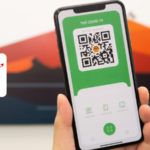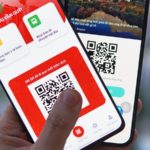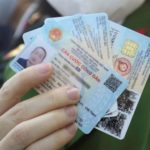Since the beginning of August 2023, all airports across the country have started using VNeID in managing passenger information. Let’s explore the detailed guide on how to use VNeID for airport check-in!
1. How to Use VNeID for Airport Check-In
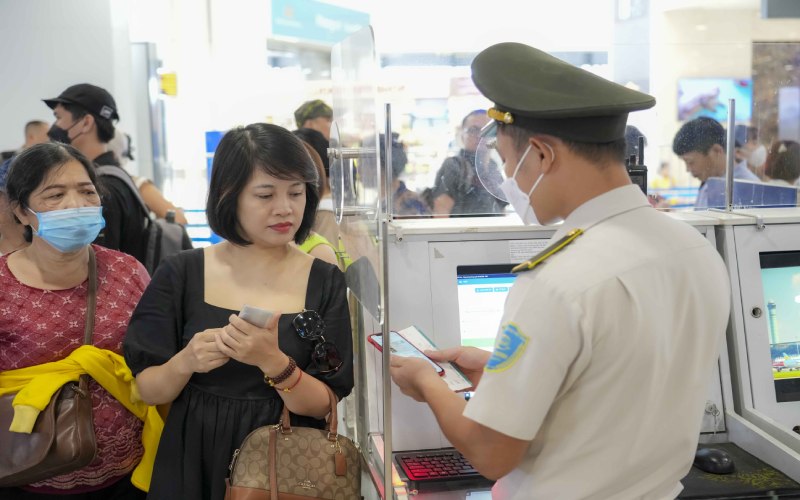 Detailed Guide on Using VNeID for Airport Check-In
Detailed Guide on Using VNeID for Airport Check-In
To complete the boarding procedures through the VNeID application, individuals need to follow the steps below:
Start by logging into the VNeID application using your level 2 electronic identification account. In the “Individual” section, enable the “Verify Application via QR Code” function to ensure the security of the process.
After successful login, create a QR code on the Home page of the application. This QR code is used for personal identification. Note that the QR code is only valid for 1 minute, and a new code needs to be generated if more time is required.
Scan the QR code on your ID card through the application. This step will verify and display your personal information on the screen.
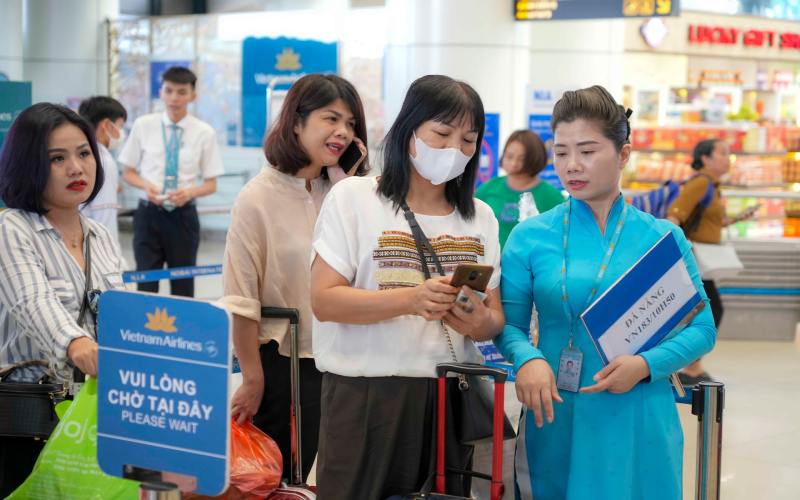 Verification and Presentation of Information at the Check-in Counter
Verification and Presentation of Information at the Check-in Counter
After successful verification through the VNeID application, proceed to present your personal information and relevant documents in the “Wallet and Documents” section at the check-in counter. All necessary information has been integrated into the application and will be provided to the check-in staff upon request.
To ensure a smooth process when using VNeID for boarding and to avoid unnecessary obstacles, passengers should:
- Open the VNeID application before reaching the check-in counter and be ready for verification when requested.
- Check the expiration date of their ID card before starting the procedure to avoid using invalid documents.
2. Notes on Using VNeID for Airport Check-In
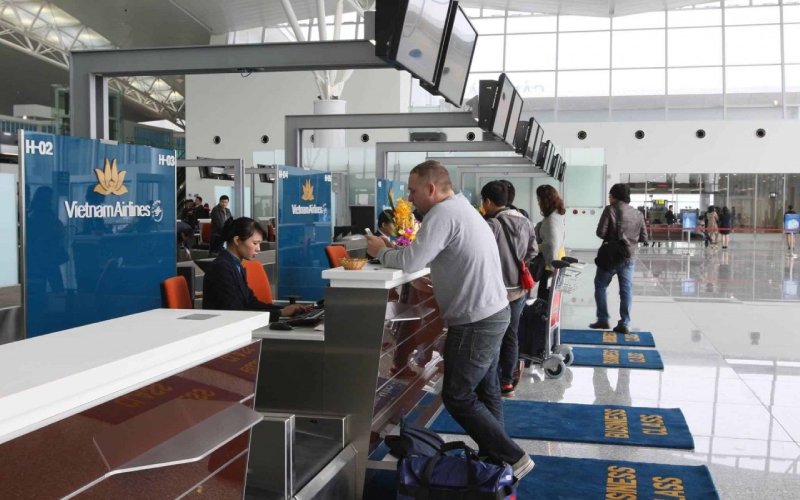 Important Notes on Using VNeID for Airport Check-In
Important Notes on Using VNeID for Airport Check-In
To avoid risks and incidents when using the VNeID application during the airport check-in process, passengers are advised to follow these guidelines:
- Be prepared with your VNeID account: To ensure a smooth process, open your VNeID account on your phone before arriving at the airport. When it’s your turn, providing your account information to the staff will prevent password-related issues at the verification point.
- Bring backup documents: In addition to using VNeID, it is recommended to carry the original copy of at least one alternative form of ID, in case there are any unexpected issues with your level 2 electronic identification.
- Check the validity of your ID card: Passengers should verify the expiration date of their ID card before traveling to ensure its validity.
For passengers who do not use a level 2 electronic identification account, the following notes will be useful:
- Keep your original ID documents with you: Ensure you carry the original copies of your ID documents when going through airport procedures, in case you are unable to use VNeID.
- Check ID cards for children: If traveling with children aged 14 and above, passengers should verify the validity of their ID cards. In case of missing or problematic documents, contact the police for a confirmation of identity.
- For children under 14: For children under 14, a birth certificate (original or certified copy) is required for the airport procedures.
The above guide provides detailed information on using VNeID at the airport. We hope that you will be able to use it effectively and keep in mind the necessary notes for a smooth journey!
Step-by-Step Guide for Setting Up and Utilizing the Benefits of the HCM Health App
If you need an effortless way to find out your COVID-19 test results, the HCM Health app might be just what you’re looking for. Not only does it provide you with results, but it has some added benefits that can make life easier. This article will guide you through the registration process and give you all the details of how to utilize the HCM Health app. Keep reading to get the full scoop!
3 Easy Methods of Scanning Chip-Embedded QR Codes Using a Mobile Phone
Discovering 3 innovative approaches to using QR codes to verify identity and streamline transactions, let’s look into how our smartphones can now easily scan the QR code on the Health Declaration form to accurately access important personal data.

























